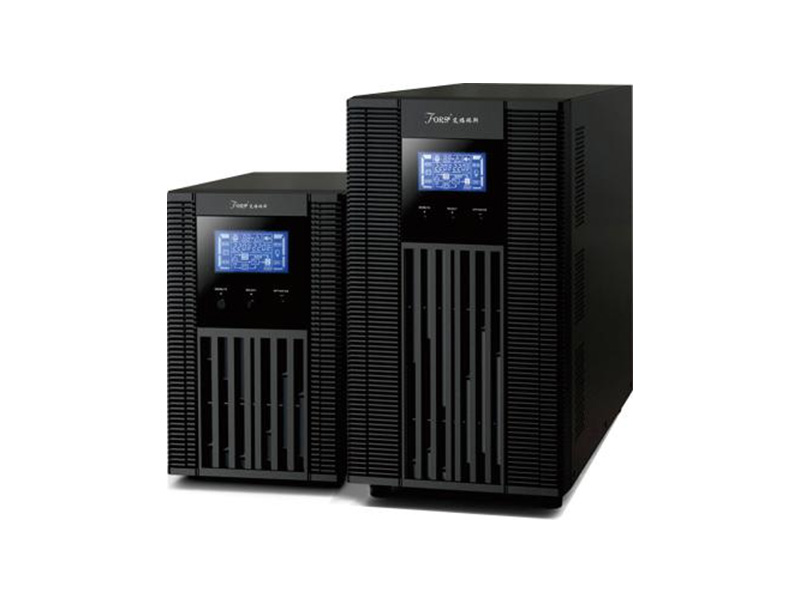language
In a world that relies heavily on digital connectivity and electronic equipment, protecting your devices from power interruptions is more important than ever. Whether you’re working from home, running a small business, or managing a data center, understanding the basics of UPS (Uninterruptible Power Supply) systems and their batteries is essential for ensuring continuous operation and minimizing risks.
This article covers the core concepts of UPS systems and batteries—what they are, how they work, and what users need to know to make informed decisions.
What Is a UPS?
A UPS (Uninterruptible Power Supply) is a backup power system that provides electricity to connected devices when the main power source fails or experiences voltage irregularities. Unlike generators, which take time to start, a UPS provides instantaneous power, ensuring there’s no interruption in service.
UPS systems also help filter out power surges, brownouts, and other electrical disturbances, providing clean and stable power to sensitive equipment.
Key Functions of a UPS
1. Backup Power During Outages
A UPS kicks in instantly when the main power goes out, allowing time to save data or keep systems running.
2. Power Conditioning
It regulates voltage, frequency, and other inconsistencies in electrical supply to prevent hardware damage.
3. System Shutdown and Alerts
Many UPS systems are connected to software that initiates automatic shutdowns and sends alerts when power is disrupted.

Types of UPS Systems
1. Offline/Standby UPS
Basic and cost-effective
Provides power only during an outage
Suitable for home computers and small electronics
2. Line-Interactive UPS
Regulates voltage without switching to battery
Ideal for small offices or areas with fluctuating power
3. Online (Double Conversion) UPS
Converts incoming AC to DC and back to AC continuously
Provides the highest level of protection
Common in data centers and critical systems
Such as AF900 series Online Transformerless UPS single phase input and single phase output has perfect detection and protection functions; small size, light weight, high working efficiency.

The Role of the UPS Battery
The battery is the power source within a UPS that supplies energy when utility power fails. Without a properly functioning battery, a UPS system can’t do its job.
Types of UPS Batteries
1. VRLA (Valve-Regulated Lead-Acid)
Sealed and maintenance-free
Common in small and mid-size UPS systems
Lifespan: 3–5 years
2. Lithium-Ion Batteries
Lightweight, fast-charging, and long-lasting
Higher upfront cost but lower total cost of ownership
Lifespan: 8–10 years
3. Flooded Lead-Acid (VLA)
Requires maintenance and ventilation
Typically used in large-scale or industrial UPS systems
Battery Maintenance Tips
Keep UPS in a cool, dry location (heat reduces battery life)
Test the battery regularly using built-in diagnostics or manual testing
Replace the battery on time, even if it still appears functional
Use genuine or recommended battery replacements for safety and performance
How to Choose the Right UPS System
When selecting a UPS, consider the following:
Load Capacity (VA/Watt Rating): Add up the total wattage of devices you plan to connect and choose a UPS with at least 20–30% more capacity.
Runtime Needs: How long you want the UPS to provide power during an outage.
Form Factor: Tower-style for desktops or rack-mounted for server environments.
Monitoring Features: Look for LCD displays, alarms, and software for remote management.
Battery Type and Replacement Costs: Understand the long-term costs associated with battery replacements.
Understanding the basics of UPS systems and batteries is key to protecting your valuable electronics from unexpected power issues. By choosing the right type of UPS, maintaining its battery, and monitoring its performance, you can ensure that your systems stay online, your data remains safe, and your productivity isn’t compromised.
Whether you’re a home user or an IT professional, investing time in learning about UPS and battery essentials pays off in uninterrupted performance and peace of mind.